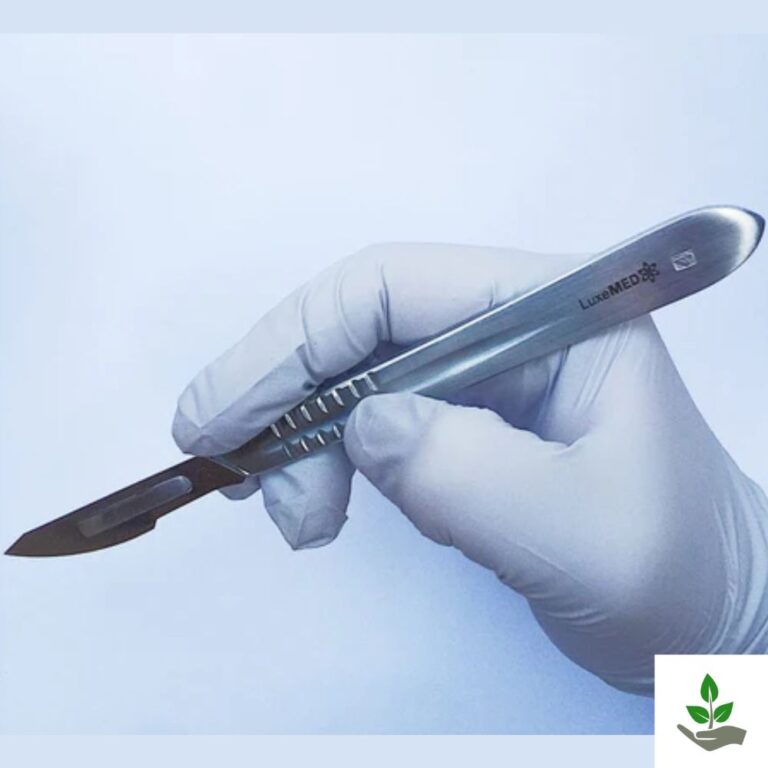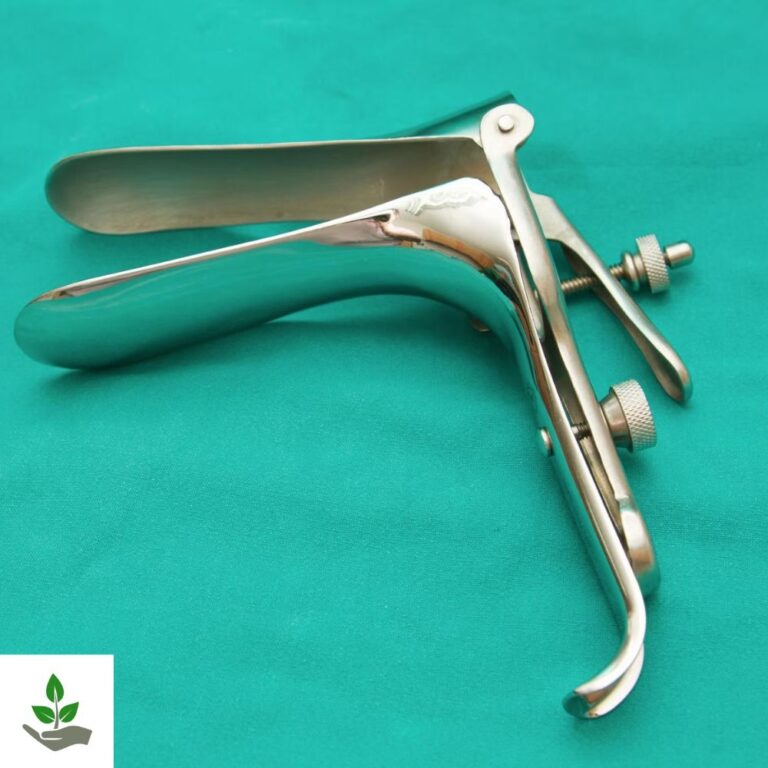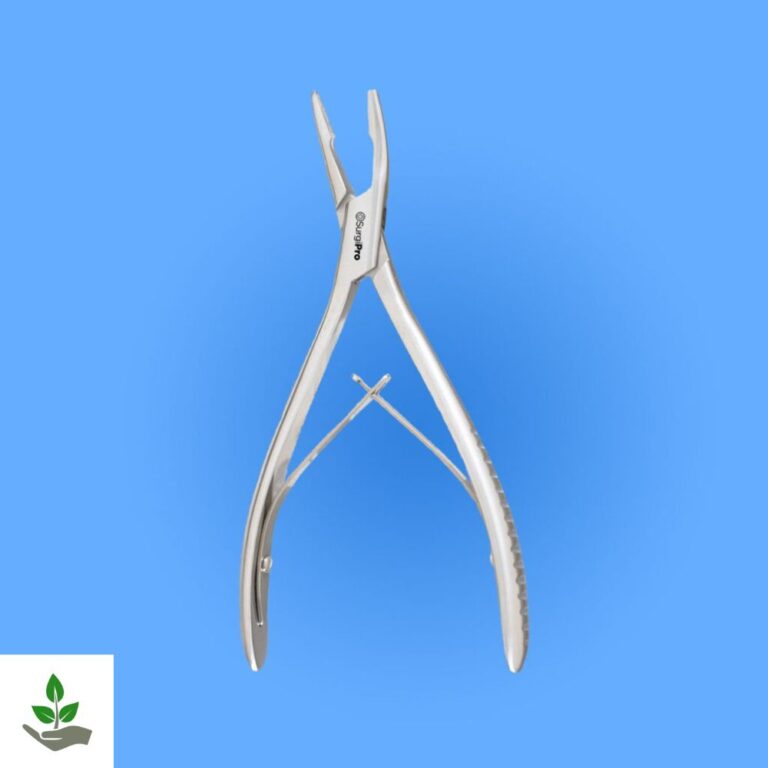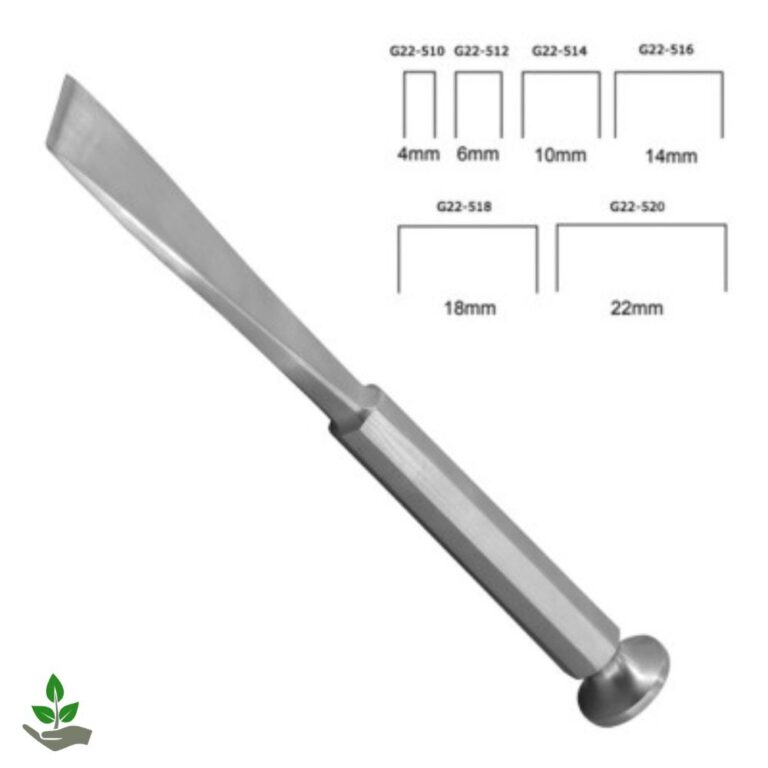Needle Holder Comprehensive Guide For Medical & Surgical Use
It’s surprising to think that such a small tool can play a monumental role in surgery, entering the Needle Holder. This crucial instrument not only aids in suturing but also ensures the safety and efficacy of various medical procedures.
Provide an in-depth look at this instrument, discussing their design, functionality, and best practices for use in both medical and surgical contexts.
What Is A Needle Holder?
This instrument , also known as a needle driver, is an essential tool in the surgical toolkit, designed specifically to facilitate suturing with precision and ease. Unlike standard forceps, which may not provide the necessary stability, this tool features short, robust jaws that grip the curved suture needle securely.
This design is crucial during delicate procedures where controlled placement of sutures is paramount. The cross-hatched pattern on the jaws enhances grip, ensuring that the needle remains steady even under varying tensions.
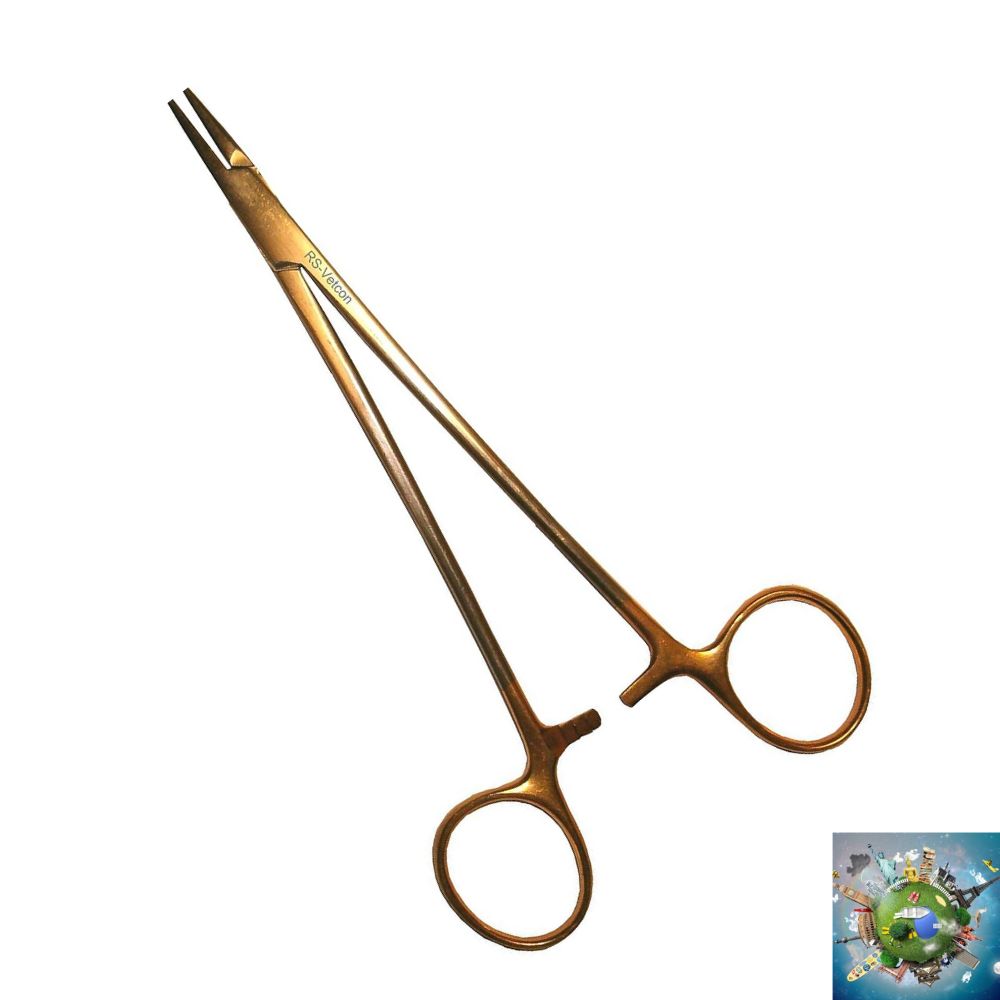
One of the standout features of this is their ratchet locking mechanism, which allows surgeons to maintain a consistent grip without continuous pressure on the handles. This functionality is particularly beneficial in complex surgeries where multiple sutures may need to be placed in quick succession.
Components of a Needle Holder
Jaws
At the front end, the design is specifically tailored to grip the needle securely, preventing any slip that could compromise the integrity of the stitch. This gripping surface is often reinforced with tungsten carbide inserts, which significantly enhance both durability and grip.
Box Lock or Hinge
The box lock or hinge of a needle is a crucial component that significantly influences its functionality and durability. This pivot joint allows smooth opening and closing, ensuring that medical professionals can easily maneuver the instrument with precision during intricate procedures.
Shank
This long shaft that connects the jaws to the handles not only provides structural integrity but also influences the precision and control a surgeon or technician has while suturing.
Handles
Typically designed as long levers, they provide surgeons with the mechanical advantage needed to manipulate the instrument effectively. Typically designed as long levers, they provide surgeons with the mechanical advantage needed to manipulate the instrument effectively.
Ratchet
The ratchet mechanism of a needle is an ingenious component that enhances precision during surgical procedures. This feature operates as a locking mechanism that holds the needle firmly once the desired grip pressure is reached, ensuring that the surgeon can focus on the task at hand without worrying about accidental slips.
Common Needle Holder Types
Mayo-Hegar
Widely used in general surgeries, this instrument features medium-length jaws that provide an optimal grip on various needle sizes. Available in various lengths ranging from 6 to 12 inches, the Mayo-Hegar caters to different surgical needs and preferences.
Olsen-Hegar
The Olsen-Hegar stands out in the surgical toolkit for its unique design, which combines a needle with scissors. This innovative feature allows for quick suturing and cutting without the need to switch instruments, streamlining the surgical process significantly. Olsen-Hegar’s ability to facilitate faster workflows can enhance overall surgical performance, reducing the time spent on procedures and potentially improving patient outcomes.
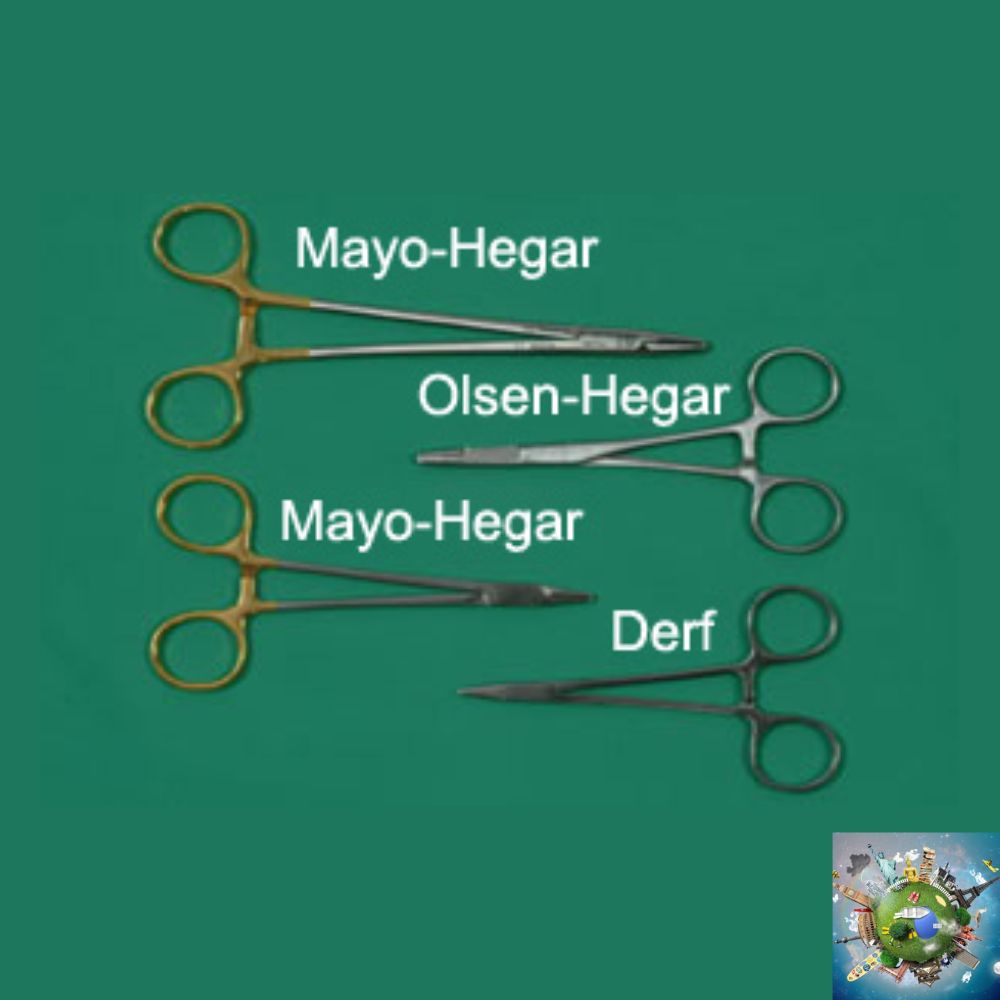
Crile-Wood
More delicate than the Mayo-Hegar, this tool is designed with finer, more precise tips that allow surgeons to manipulate needles with exceptional control. This characteristic makes it ideal for intricate procedures often encountered in plastic or cardiovascular surgeries, where the stakes are high and accuracy is paramount.
Mathieu
One of its standout features is the spring-loaded handle with a ratchet lock at the base, which allows for a secure grip on needles during suturing. The operation is intuitive, by simply squeezing and releasing the handle, practitioners can control their movements with remarkable finesse. Commonly used in dental and veterinary surgery, the Mathieu caters to the unique needs of these fields.
Castroviejo
The Castroviejo is an essential instrument in the realm of microsurgeries, particularly in fields such as ophthalmic, vascular, and neurosurgery. Its design is tailored for precision, featuring spring-loaded handles that allow for a gentle yet firm grip on delicate needles. One of the standout characteristics of the Castroviejo is its ability to offer very fine control, which is crucial when dealing with the complexities of microsurgical techniques.
Materials
These essential tools in various fields like surgery and sewing, are crafted from a range of materials that significantly influence their functionality and durability. Stainless steel is the most common choice due to its corrosion resistance and ease of sterilization, making it a staple in medical settings.
Advancements in materials science have introduced composite and titanium options, which offer lighter weights and enhanced strength without compromising performance. These alternatives can reduce hand fatigue during prolonged procedures, allowing for greater precision and control.
Needle Holder Maintenance And Sterilization
Proper maintenance and sterilization of this tool are crucial for ensuring both safety and precision in any clinical or laboratory setting. After each use, it’s essential to clean the needle thoroughly with a suitable detergent and warm water to remove any biological debris or contaminants.
This initial cleaning step not only enhances the longevity of the instrument but also prepares it for effective sterilization. A gentle brush can be employed to reach intricate areas where blood or tissue might accumulate, ensuring a comprehensive cleanse.
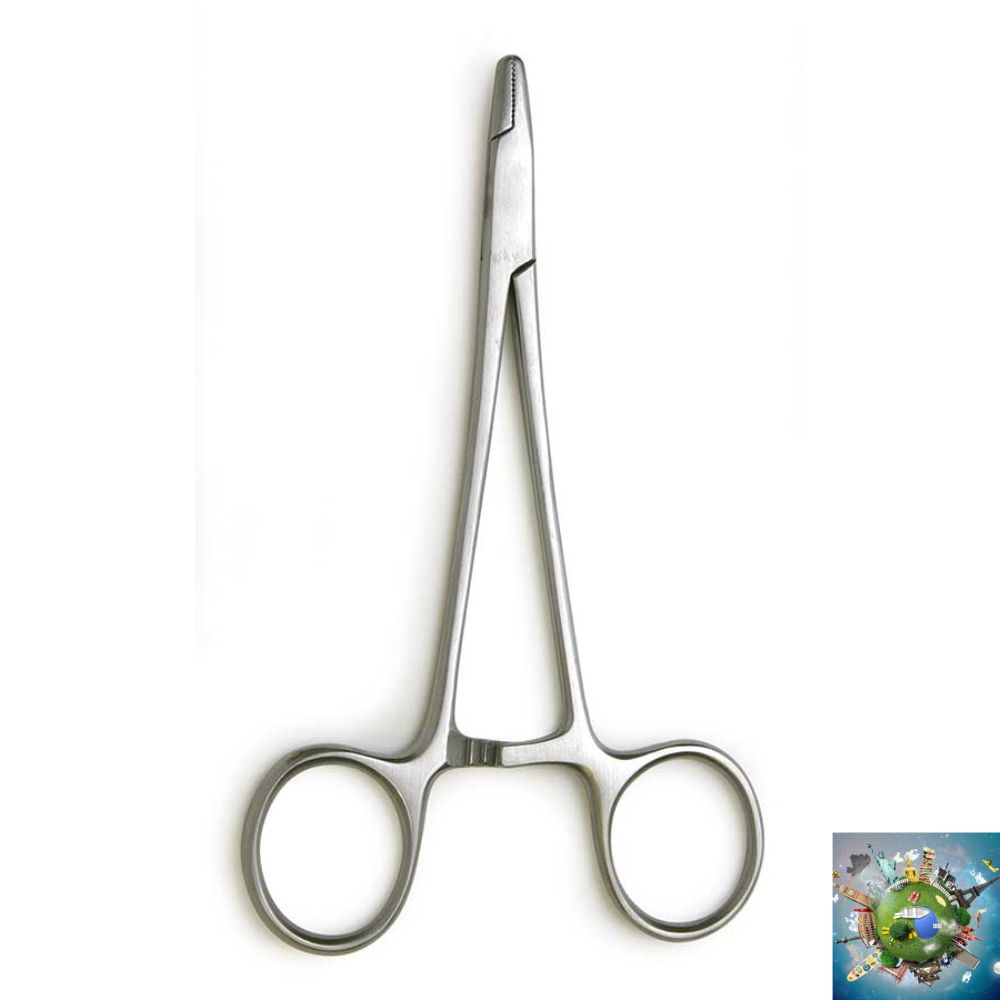
Once cleaned, the next vital step is sterilization, which can be achieved through various methods such as autoclaving or chemical sterilants. Autoclaving is often preferred due to its efficiency in eradicating all forms of microbial life, including spores.
It’s equally important to conduct regular inspections of this before each sterilization cycle. Look for signs of wear, corrosion, or damage, as these can compromise the instrument’s integrity and performance.
I prefer you to check our other post: 20+ Long Distance Good Morning Messages For Him
Conclusion
A Needle Holder is an essential tool for anyone involved in sewing, embroidery, or surgical procedures. Its design allows for precise control and stability when working with delicate materials or during intricate tasks.
By selecting the right needle that suits your specific needs, you can enhance your efficiency and accuracy. Whether you are a professional or a hobbyist, investing in a quality needle will undoubtedly improve your craft. Explore various options available on the market today to find the perfect needle that meets your requirements.
FAQs
What is the main function of a needle holder?
This tool is used to hold and guide surgical needles during suturing, ensuring precision and control.
What is the difference between a needle holder and forceps?
Forceps are used for grasping or holding tissues, while this tool is specifically designed to grip and control curved suturing needles.
Why are tungsten carbide inserts used in needle holders?
Tungsten carbide inserts enhance grip strength and durability, preventing slippage and reducing wear over time.
How do I know if my needle holder needs to be replaced?
Signs include worn or misaligned jaws, poor locking mechanism, or visible rust and damage despite proper cleaning.
Thanks For Reading…


